Surrealism became the most talked-about art movement of 2022, almost by accident. The delay of the 2021 Venice Biennale due to the Covid pandemic gave its artistic director Cecilia Alemani more time to include historic works of art which the event’s tight production schedule usually precludes. She filled her show with Surrealist works of art and with artists inspired by its legacy. Serendipitously, the Peggy Guggenheim Collection in Venice and the Museum Barberini in Potsdam had planned a major exhibition, ‘Surrealism and Magic: Enchanted Modernity’, which coincided. Meanwhile, ‘Surrealism Beyond Borders’ — a magnum opus of an exhibition by the Metropolitan Museum of Art and Tate Modern — opened in New York in October 2021 and in London in February 2022, after an unusually lengthy seven-year gestation.
Research prepared for Apollo by London-based research firm Art Tactic shows just how much the market for Surrealist work boomed at auction last year. So there was anticipation earlier this month for Christie’s Art of the Surreal and Sotheby’s Surrealism & Its Legacy auctions.
Our latest analysis in the April issue of Apollo looks at the rise of Surrealism and the current state of its critical reputation and market. Here, Jane Morris speaks to six leading figures in the field about the contemporary appeal of a movement approaching its 100th anniversary.

Emmanuel Di Donna
Emmanuel Di Donna
The Surrealist world is a magical world – it is filled with strangeness and dreams, but it is also formally inventive. It is about language, new painting techniques, new photography techniques. It pushed the boundaries of art and has had an influence on almost everything that came afterwards.
There have always been people who collected Surrealism from the 1960s and ’70s onwards: sophisticated collectors who started buying early, when the work wasn’t expensive and who often got to know the artists. Since the mid 2000s there has been a renewed interest in Surrealism. Americans have come into the market – for example, for Magritte. If you look at the Magritte that recently sold for £5.6m (Souvenir de voyage, 1958), it sold in 2009 for $1m and for $640,000 in 2000. So, you can see the progression.
The market for Surrealism will continue to grow depending on whether great works come to market. The centenary next year is going to be marked by a number of big shows and that will help it strengthen.
Emmanuel Di Donna is the founder of Di Donna Galleries, New York.

Wendi Norris. Photo: Marc Olivier LeBlanc
Wendi Norris
I started working directly with Leonora Carrington in 2003, shortly after I started my gallery. Through Leonora I became more familiar with the work of artists such as Wolfgang Paalen and Remedios Varo.
The market for Carrington, Varo and Dorothea Tanning has expanded in the past five years and it is still growing. Prices for their works sold privately through galleries are typically higher than at auction because galleries tend to secure higher quality work and collaborate more closely with the sellers and buyers. Museums are adding their work to their permanent collections and younger, often international, collectors are building intergenerational collections.
The artworks have such a strength, such presence. If you stand in front of a great painting by Varo, it’s like looking at a Hieronymus Bosch. I often compare Varo’s market to that of Frida Kahlo’s because of the rarity and the excitement that now surrounds it. With the forthcoming exhibition at the Art Institute of Chicago (‘Remedios Varo: Science Fictions’, 29 July–27 November) the excitement will accelerate even further.
Wendi Norris is the founder of Gallery Wendi Norris, San Francisco.
Thomas Bompard
We [Sotheby’s] arranged our sale chronologically, starting with a Picabia painted in 1915/16 and finishing with an Andy Warhol from 1982. I wanted to show what a Big Bang the Surrealist revolution was in the history of art, and that it influenced artists such as Andy Warhol and Ed Ruscha among others. It is good to see the bridge between acknowledged Surrealist artists and later artists whose work probably would not have developed as it did if Surrealism had not happened.
We have already seen the prices for the most sought-after artists, Magritte and Picabia among them, but there’s still a long way to go, I believe, for masterpieces by the greatest artists to reach the price range that they deserve. The market for women artists such as Remedios Varo, Leonora Carrington and Dorothea Tanning has gone up relatively quickly over the past three years, which is absolutely fair because those artists were undervalued.
Overall, the Surrealist market is becoming more solid and global, and the outlook remains optimistic. The beauty of Surrealism, from a market point of view, is that collectors can see great works in a museum and still be able to buy something similar. Good luck with that with, say, a Blue Period Picasso.
Thomas Bompard is vice president of Sotheby’s, France.

Olivier Camu
Olivier Camu
Surrealism is the most important and revolutionary movement of the 20th century. It influenced so much of the art made after the Second World War, from its revolutionary art-making techniques and its conceptualism, to its invoking of chance, the subconscious, the inner mind.
For a long time there were a happy few dedicated collectors of Surrealism. With the general value of post-war and contemporary art going up powerfully after the war, Surrealism was a little forgotten.
But over the past 20 years, we have seen collectors of post-war and contemporary art looking back at the sources of influence. Thanks to the recent museum shows there is much more awareness now of how revolutionary, international and gender balanced a movement Surrealism was.
Olivier Camu is deputy chairman of Impressionist and Modern Art at Christie’s, London.
Carine Harmand
‘Surrealism Beyond Borders’ was about looking at Surrealism as a movement that is still evolving. We cast it as something not only of the past and not just as defined by André Breton in 1924. Most exhibitions have focused on Paris in the early 20th century, and a small number of other people impacted by that it. But we saw it as a much wider movement with liberation from social and moral norms — the liberation of the psyche — but also political liberation at its heart.
Surrealism evolved because artists all around the world were in contact with it as an idea and with each other. That was the case with Négritude, the Black liberation movement that developed in the 1920s in Paris at the same time as Surrealism. Négritude ideas nurtured Surrealism, and vice versa. Breton was good friend of Aimé Césaire and Wifredo Lam and they visited each other in Paris and the Caribbean. The Surrealists were delving into alternative ways of seeing the world including looking at non-Western cultures. Artists like Leonora Carrington, Leonor Fini and María Izquierdo were looking at more mystical relationships with nature, the cosmos and the world.
We included many artists who didn’t define themselves as Surrealists because they were influenced by the ideas of the movement or had contributed their ideas within the Surrealist movement. We stopped the exhibition in the 1980s, but we have been careful to make sure people understand that it is an ongoing movement and that today there are many artists drawing from ideas from Surrealism.
Carine Harmand is the John Ellerman Foundation Curator at Tate Liverpool, and was a co-curator of the exhibition ‘Surrealism Beyond Borders’ at Tate Modern, London.
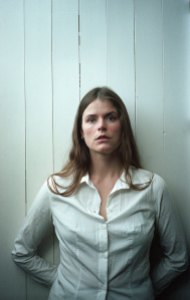
Anna Weile Kjær. Photo: Nefeli Have
Anna Weile Kjær
I’d been working on Surrealism for quite some time and I knew about the 1935 ‘Cubism = Surrealism’ exhibition at Den Frie, but when I had the catalogue in my hands I saw that Breton had written the foreword. I was also struck by how many of the Paris-based Surrealists came and exhibited with their Scandinavian colleagues: Magritte, Oppenheim, Dalí, Tanguy and many others.
I thought that if we showed the historical works alongside work by contemporary artists it would be clear how many transhistorical connections there are between works made then and now. If you take Isa Genzken’s mannequin sculptures, for instance, you can see the ways she juxtaposes found objects from completely different contexts is reminiscent of a number of sculptures the Surrealists were making in 1935.
Of course, historical Surrealism is not exactly the same as the Surreal tendencies evident in contemporary art now. Historically, the Surrealists believed that by championing the subconscious, society would be freed up and capitalism might even be overthrown. In our late capitalist condition, you could argue that our subconscious has instead been colonised by capitalism and is in fact being shaped even more by social media, technology and large corporations rather than the other way around. Nevertheless, it surprised me how looking at Surrealist language and ideas shed so much light on the art being produced today.
Anna Weile Kjær is a curator and PhD scholar at Den Frie Centre of Contemporary Art, Copenhagen, and the University of Copenhagen. She is the curator of the exhibition ‘Another Surrealism’ (previously at Den Frie Centre of Contemporary Art and now at the Toender Art Museum in Denmark until 14 May).
Unlimited access from just $16 every 3 months
Subscribe to get unlimited and exclusive access to the top art stories, interviews and exhibition reviews.

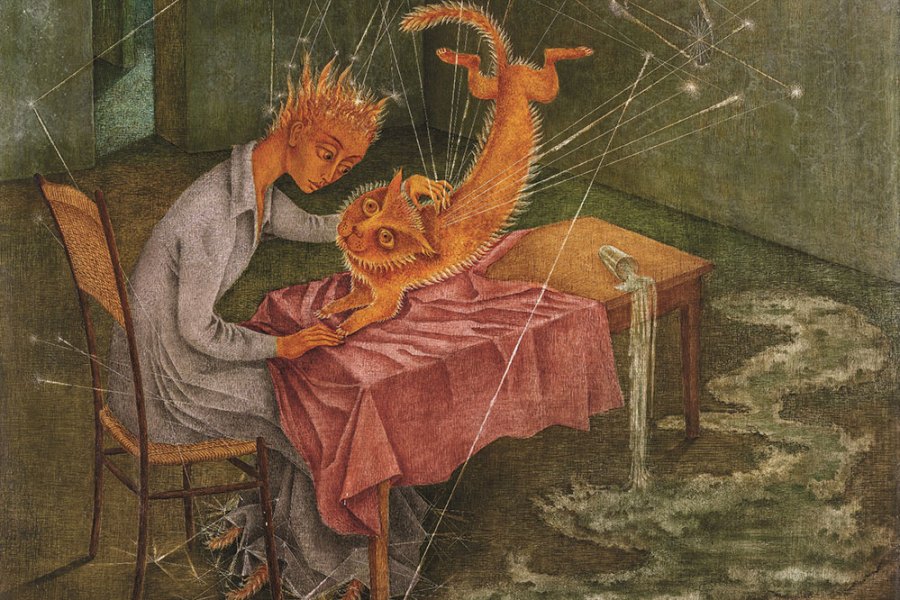
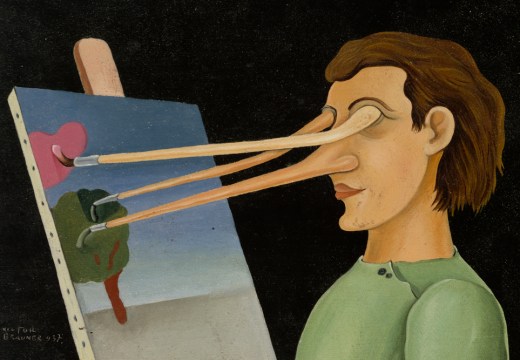
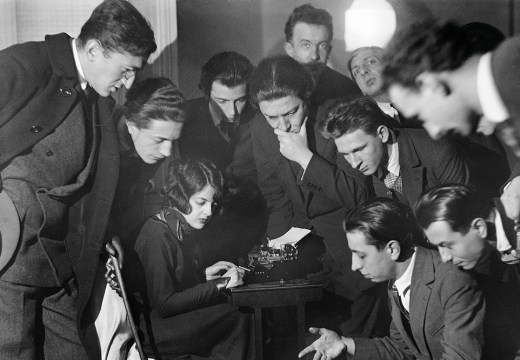
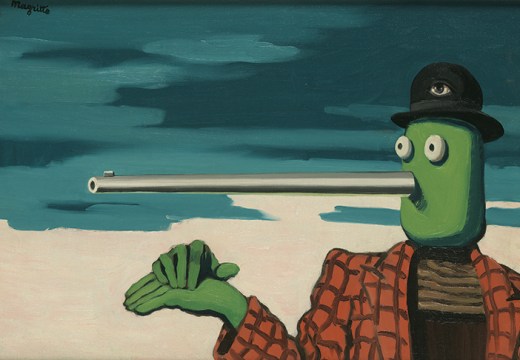









![Masterpiece [Re]discovery 2022. Photo: Ben Fisher Photography, courtesy of Masterpiece London](http://www.apollo-magazine.com/wp-content/uploads/2022/07/MPL2022_4263.jpg)
It’s time for the government of London to return to its rightful home